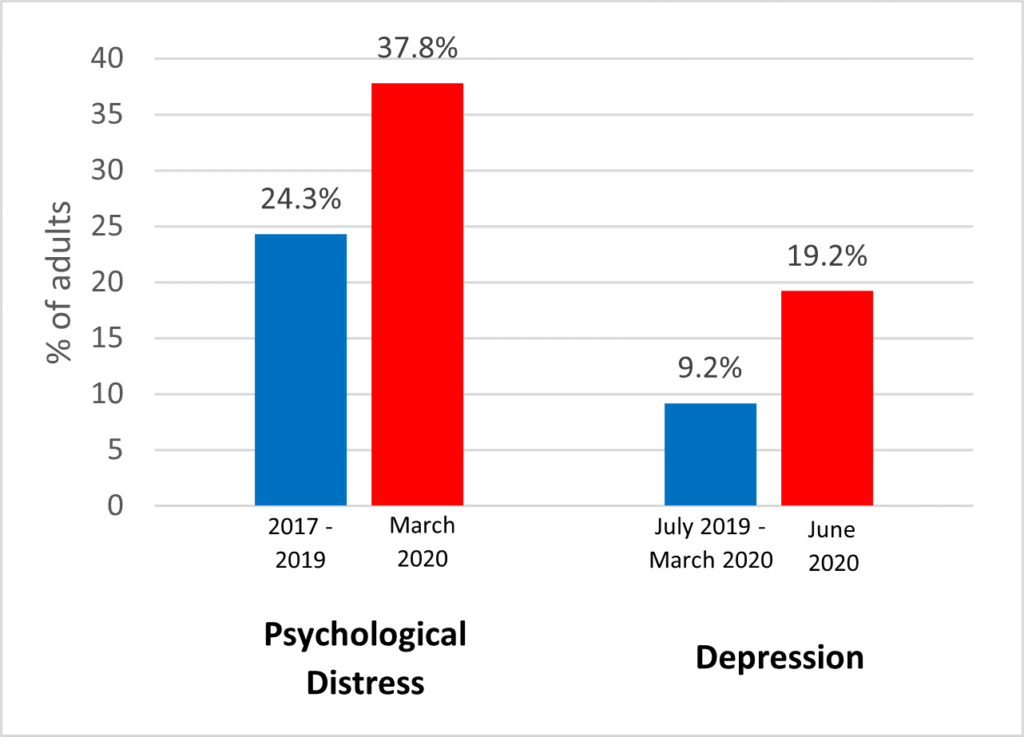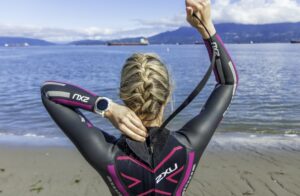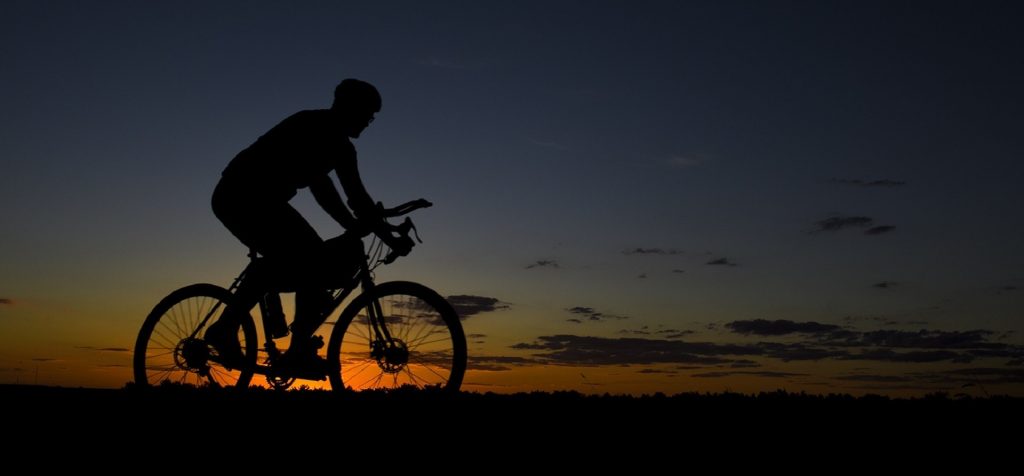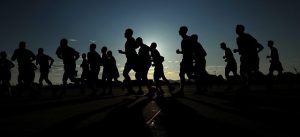Authored by the team ‘Insight’: Denise Hamilton-Mace, Daisy Manuel, Olivia Whitehead and Dina Day [E119 21J students].
This blog was written as part of a collaborative teamwork task by students studying E119. They had to select a topic and then decide on what roles each person would perform in the team, such as researcher, writer, editor, and leader. This blog was chosen as one of the best blogs from around 80 blogs that were produced.
When someone is told to ‘man up’ what comes to mind? Is there an inference that something is lacking? Are they not meeting some sort of masculinity model presented by modern-day society? There are men out there that have done their fair share of ‘manning up’ to become the pillars of men they are today, but the recognition is hard to come by. They are treading paths that very few dare to tread.
So, to whom are we referring? Transgender men. For those who are unfamiliar with the term, transgender men or transmen are individuals that were born biologically female but identify as male. Every fibre in their body tells them they are men through and through. For some, to fulfil their identity, competing in sport is the ultimate dream. Athletes such as Mack Beggs, Shay Price, Verity Smith, and Danny Baker to name a few, are forging armour for the modern transman. But it is not without its kinks.
Rightly so each sport has a set of rules and guidelines to be abided by. But what happens when you do not fit into those age-old parameters? Conflict and turmoil arise. Whilst there is a plethora of legislation for transgender women in sports, transmen athletes are not deemed as having a physiological advantage over their cisgender male counterparts (Burnett, 2021). Therefore, the International Olympic Committee (IOC), as of 2015, stated that “Those who transition from female to male are eligible to compete in the male category without restriction.” Furthermore, The World Athletics Eligibility Regulations for Transgender Athletes (2019) stipulates a transgender “male athlete must provide a written and signed declaration, in a form satisfactory to the Medical Manager, that his gender identity is male.”
One particular trailblazer is Chris Mosier. His work as an athlete, coach and educator has brought about significant changes to how trans athletes can compete. Mosier has made history in several ways: in 2015 he was the first American transgender male athlete to qualify for the duathlon world championship; at the 2016 Olympic games he was the first transman to compete against men; he was even the first transgender athlete to feature in the ESPN Body Issue! He was pivotal in campaigning to the IOC specifically asking for the removal of the requirement for surgery in order for transgender athletes to compete. He fervently continues to educate and campaign for LGBTQ+ inclusion.
However, this does not mean everything is plain sailing. Take for example transman Mack Beggs. In 2017, at just 17 years old, he was Texas state champion wrestler for two consecutive years but competed against girls. Beggs wanted to compete against boys but a state ban in Texas limited transgender athletes to teams aligning with their gender at birth. The girls he competed against wanted him to wrestle men as they felt he had some sort of advantage whilst on low doses of testosterone as part of his transition. All of this took a massive toll on Beggs’ mental health. He says, “You have to wrestle against girls — but you really want to wrestle against guys. You beat girls, but technically you are a girl, but technically you’re not. It was a no-win situation” Because of this experience he admits, “I was in a very dark place. I had to seek out help” (Hartley, 2021).
It is this dark place that many transgender individuals face. In a resource put together by Public Health England (2015), “One study in the UK found that 34.4% of trans adults had attempted suicide at least once,” and “There is a strong evidence base that demonstrates the negative impact of discrimination and stigma on trans young people. The result is increased substance misuse, depression, self-harm and suicide.” Whilst many athletes in general do not make it to elite level, grassroot and community sports play tremendous parts in transmen’s lives.
Shay Price is one transman that relied on bodybuilding to battle his demons. He explains, “Going to the gym is like therapy. I can go there and take my anger and frustration out. It just picks me up.” (Ward, 2021). His success in the industry prompts others to ask him for training tips and advice. He is a walking billboard for other transmen to aspire to. Jordan Jackson, a three-time taekwondo gold medallist fights for inclusion within his self-made fitness centre Stealth Fitness UK. His ethos envelopes more than just training. It is about support for the trans community and having a sense of belonging. Jordan admits, “I know the mental health deterioration that can happen when trans people don’t have a physical outlet… there’s nothing worse than being stuck by yourself and having your thoughts go over and over in your mind” (Ward, 2021). Rugby wheelchair player Verity Smith was the target of abuse for being transgender but relied on sport and his team members to support him. He echoes Jordan’s words saying: “I struggled with my mental health […] Playing sport gave me something to concentrate on. It gave me another family” (Ward, 2021).
Whilst some sporting governing bodies are adjusting rules for transgender athletes, the tides of promise are sometimes still too little, let alone too late. In the meantime, inclusion at the very least should surely be the priority; for some it could mean their life. Verity Smith epitomises all the hopes and dreams for transmen athletes in but a few sentences when he said, ‘Sport is life. Everyone should have the right to play sport as themselves” (Ward, 2021).
References:
Burnett, S. (2021) Fact check: Do trans athletes have an advantage in elite sport? [Online] Available at: https://www.dw.com/en/fact-check-do-trans-athletes-have-an-advantage-in-elite-sport/a-58583988 (Accessed 24 January 2022).
Cunningham, S. (2016) Chris Mosier First Trans Athlete to Pose for ESPN’s Body Issue Duathlete Chris Mosier is making history as the first transgender athlete to be profiled for ESPN Magazine’s Body Issue. [Online]. Available at: https://www.nbcnews.com/feature/nbc-out/chris-mosier-first-trans-athlete-pose-espn-s-body-issue-n597146 (Accessed 23 January 2022).
Harding, R. (2020) Mack Beggs Is Still Grappling With Ignorance. After a high school wrestling career muddled with controversy, he’s addressing transgender rights head-on Available at: https://www.menshealth.com/trending-news/a33984383/mack-beggs-transgender-wrestler-interview/ (Accessed 16 January 2022).
Hartley, E. (2021) Mack Beggs, transgender wrestler who rose to prominence for competing against women: ‘It took a toll on me’ [Online]. Available at: https://uk.finance.yahoo.com/news/mack-beggs-transgender-wrestler-who-rose-to-prominence-for-competing-against-women-it-took-a-toll-on-me-191642125.html?guccounter=1&guce_referrer=aHR0cHM6Ly9kdWNrZHVja2dvLmNvbS8&guce_referrer_sig=AQAAAKtWap5aNQ8Cxd8_Xx5fXM2TxXBBeSo7EWcN8CRwQlUdZgO51zPYf_k5VNIYZuq7iOo_4bDmSsWJMh2H9hp3Aw8Bhn7xKXCGlbVDbIMi-iWXsWOp-w0OdNiYtuFOqtFeSPjECjmu3XWAFoG_dho8rYi9Ga72wMAVsvXH9WFxpJRG (Accessed 11 January 2022).
IAAF (n.d.), Eligibility Regulations for Transgender Athletes [Online]. Available at: https://www.worldathletics.org/download/download?filename=63067c17-1ab4-4a08-a132-5e36bda5fc61.pdf&urlslug=Eligibility%20Regulations%20for%20Transgender%20Athletes%2C%20in%20force%20from%201%20October%202019 (Accessed 15 January 2022).
Ingram, Benjamin James MD1; Thomas, Connie Lynn (2019) Transgender Policy in Sport, A Review of Current Policy and Commentary of the Challenges of Policy Creation [Online]. Available at: https://journals.lww.com/acsmcsmr/Fulltext/2019/06000/Transgender_Policy_in_Sport,_A_Review_of_Current.10.aspx?fbclid=IwAR2AGlQBfbUmpZBRCLk9PLC0IqA2F7Uu9qkuXslpQrUt0ZxgEjd_etz0DXs (Accessed 17 January 2022).
International Olympic Committee (2015) IOC Consensus Meeting on Sex Reassignment and Hyperandrogenism November 2015 [Online]. Available at: https://stillmed.olympic.org/Documents/Commissions_PDFfiles/Medical_commission/2015-11_ioc_consensus_meeting_on_sex_reassignment_and_hyperandrogenism-en.pdf (Accessed 23 January 2022).
Jones, B et al. (2017) Sport and Transgender People: A Systematic Review of the Literature Relating to Sport Participation and Competitive Sport Policies [Online]. Available at: https://link.springer.com/article/10.1007/s40279-016-0621-y (Accessed 12 January 2022).
Mosier, C. (2021) [Online]. Available at: https://www.transathlete.com/ (Accessed 14 January 2022).
Public Health England (2015) Trans suicide prevention toolkit [Online]. Available at: https://assets.publishing.service.gov.uk/government/uploads/system/uploads/attachment_data/file/417707/Trans_suicide_Prevention_Toolkit_Final_26032015.pdf (Accessed 14 January 2022).
QVoiceNews (2019) Transgender boxer Patricio Manuel. Video courtesy Everlast [Online]. Available at: https://www.youtube.com/watch?v=zaaV3YhwwYk (Accessed 11 January 2022).
Ward, T. (2021) ‘Equal Play’. Men’s Health Magazine, December 2021 Issue, pp. 70-79.








